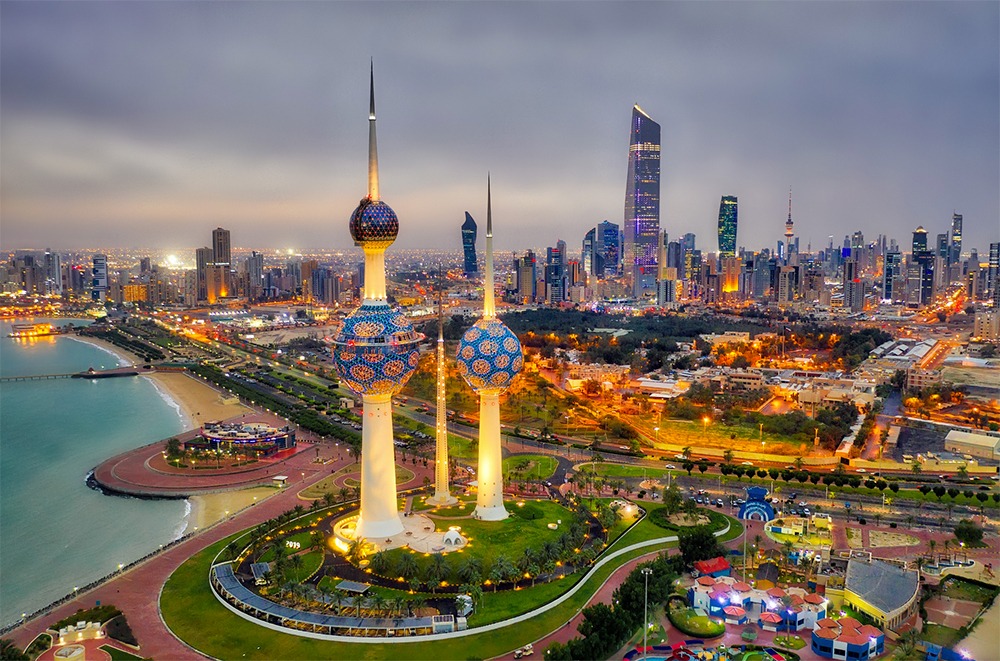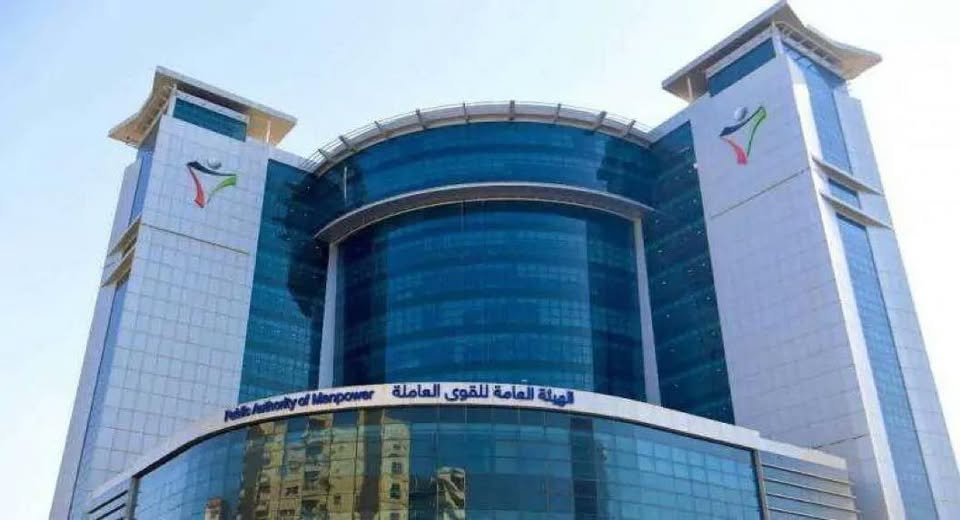The World Bank’s latest report, “Global Economic Prospects – January 2024,” provides valuable insights into the economic outlook for the Gulf and the Middle East. According to the report, Kuwait’s GDP is projected to experience significant growth, with a forecasted increase of 2.6% in 2024 and a further rise to 2.7% in 2025. This positive trend reflects a substantial improvement compared to the estimated 0.8% growth in 2023.
In the Gulf region, Saudi Arabia is expected to achieve a robust economic growth rate of 4.1% in 2024, followed by a further increase to 4.2% in 2025. Similarly, the UAE’s economy is anticipated to grow by 3.7% and 3.8% during the same periods. Bahrain, Oman, and Qatar are also expected to witness positive economic growth, as reported by Al-Anba daily.
Several factors contribute to this optimistic economic outlook in the Gulf and the Middle East. The region benefits from high liquidity rates, attractive stock prices, changes in monetary policy, and positive financial results. Furthermore, the formation of a new government in Kuwait is expected to prioritize economic development and major projects, further bolstering the positive outlook.
However, the report highlights the increased uncertainty caused by the ongoing conflict in the Middle East. If the conflict does not escalate, the World Bank assumes that the growth rate in the Middle East and North Africa could reach 3.5% in both 2024 and 2025. Geopolitical and policy uncertainties, weak tourism-related activity, and exposure to natural disasters and climate change are also significant factors affecting the region’s economic growth.
For oil-exporting countries, a potential fall in oil prices or weakening demand could limit production, while oil-importing countries may face challenges if oil prices decline or demand weakens. The report identifies potential negative risks to growth, including the intensification of conflict, indirect effects on neighboring countries, an increase in refugees, and exposure to natural disasters.
Turning our attention to the West Bank and Gaza Strip, the economic prospects remain uncertain. The report predicts a contraction of 6% in 2024, following a 3.7% contraction in 2023. The potential for recovery lies in reconstruction efforts if the intensity of the conflict subsides. However, ongoing challenges and the destruction of fixed assets in Gaza pose significant hurdles.
In conclusion, the World Bank’s report provides valuable insights into the economic outlook for the Gulf and the Middle East. While the region is expected to experience positive growth, the ongoing conflict introduces increased uncertainty. It is crucial to monitor geopolitical developments, potential spillover effects, and address the impact of the conflict on economic conditions in the region. By doing so, policymakers can navigate these challenges and foster sustainable economic development in the Gulf and the Middle East.







